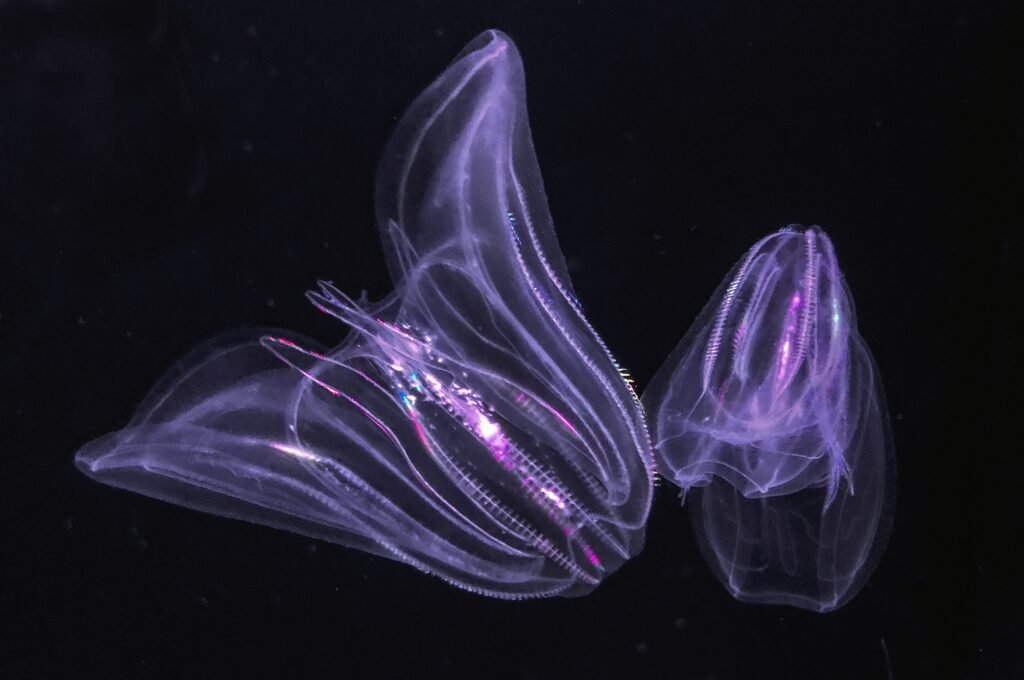Scientists found alien species with 20 arms in Antarctic Ocean
Scientists found a new horrifying nightmare alien species with 20 arms in the depths of the Antarctic Ocean. This discovery shows the surprising nature of diversified sea creatures, as the most recent revelation may shock you.
The scientists have named this newly discovered species “Antarctic strawberry feather star.” They assigned them this name due to their strawberry-like upper body, which develops twenty thin limbs.

This horrific creature appears to have two different types of arms. According to photos of the Antarctic strawberry feather star, upper arms appear long and more feathered, while lower ones are slightly thinner and shorter with limbs.
However, this species resembles a lot with “face huggers” from the 1979 alien movie. That is why the scientific community also calls it an alien species.
The alien species have arms comprised of fluffy threads or bumps. Some of those arms are up to 8 inches long. This feature makes this species a really creepy and horrifying look.
Scientists also found these alien species with a range of different colors. They observed that the species may vary from purplish to dark reddish colors.
Nerida Wilson is a marine biologist specializing in invertebrates at the Western Australian Museum. She was part of this research and discussed the significance of this discovery.
Nerdia and her colleagues reported the finding of the Antarctic strawberry feather star with three other species of feather stars.

Click here to read the updates on Alien-faced bugs found in the Tanzania jungle
Another researcher, Angela Stevenson, remarked discoveries like this allow them to better understand the ecosystem in this area despite the creature’s terrifying look.
According to the research team, they should continue recognizing how precious and significant these areas are in maintaining a diverse marine ecosystem.
They found seven different species of sea creatures in this research. Four of these species were newly discovered. However, three of them were originally misclassified before DNA sequencing. The journal Invertebrate Systematics has published this research.
Read More:
- Sea creature turns into a baby when it is stressed out showing time travel
- Realme Narzo 70 Turbo 5G launch date, features, specifications & price
- European Space Agency printed 3D metal part in space for first time
- Earth’s mysterious Alaska triangle where over 20,000 people disappeared
- Philips Hue launched a new smart lighting solution for kitchen
- NASA to launch life-searching spacecraft to Jupiter’s moon Europa
Share this content:










Post Comment